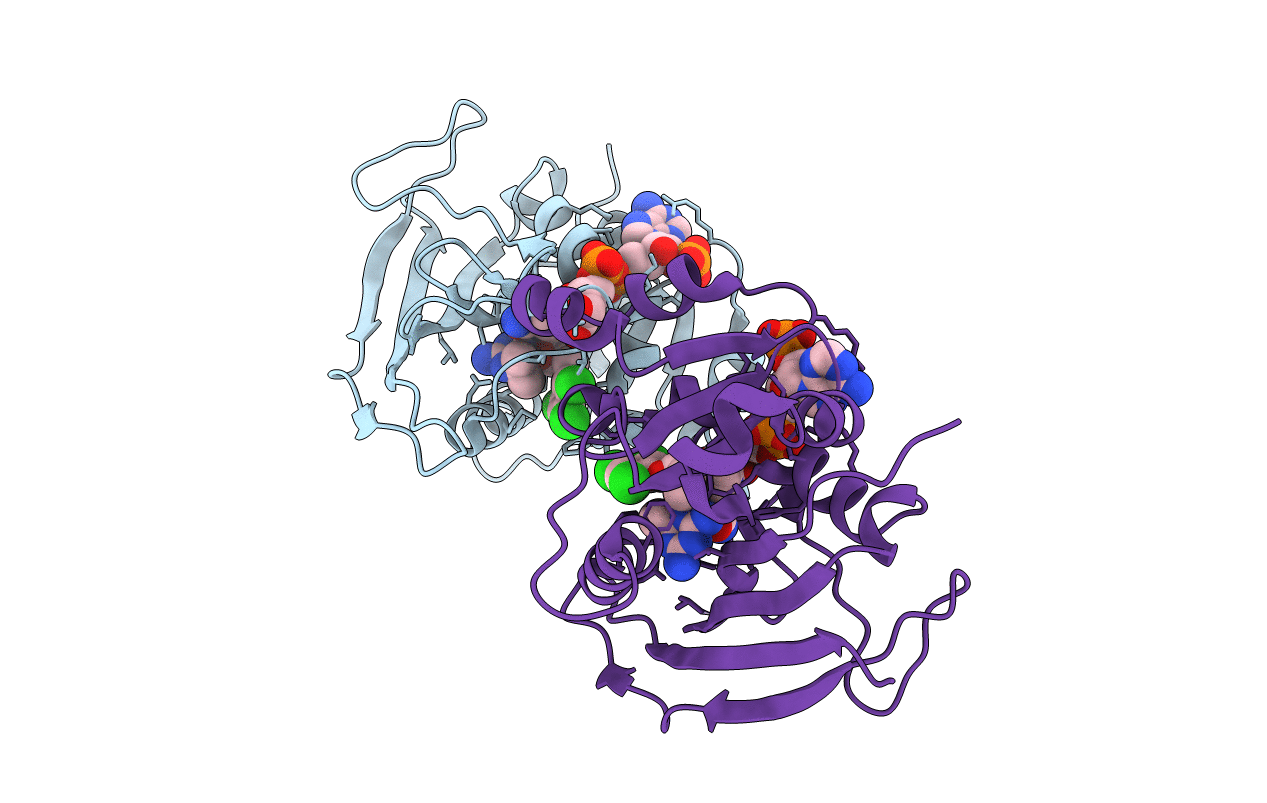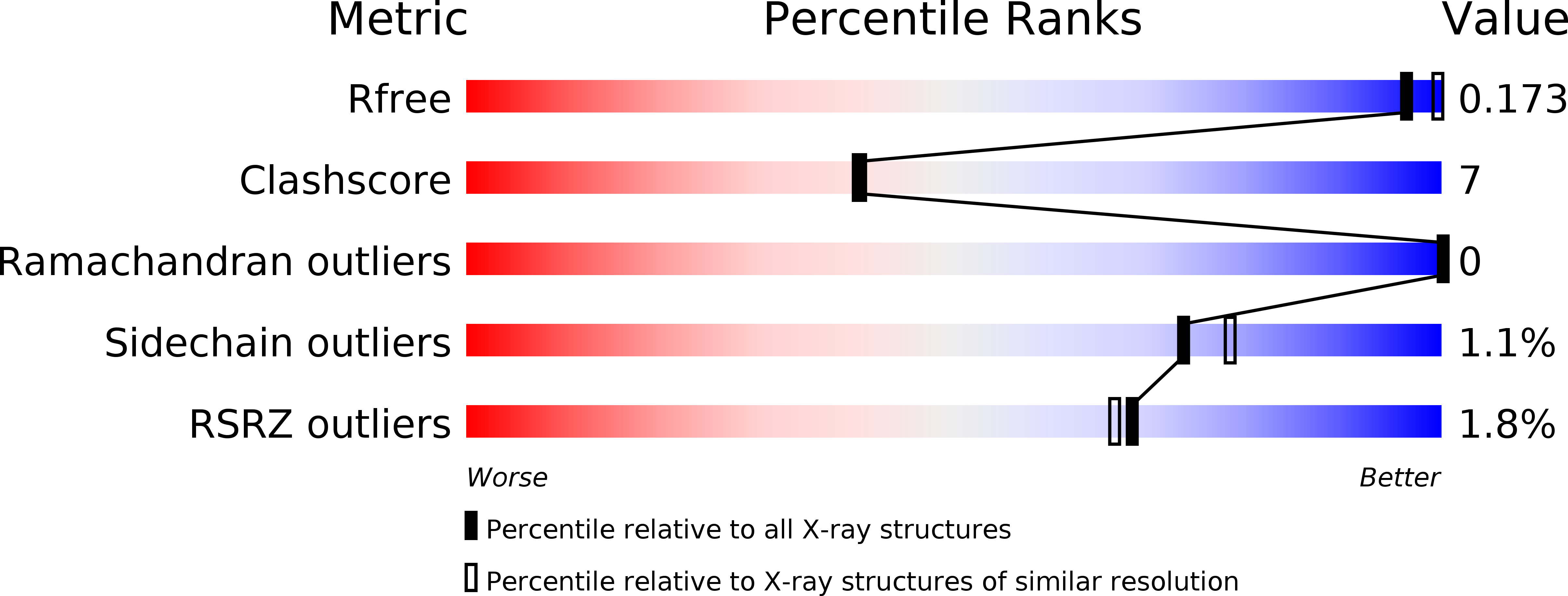
Deposition Date
2011-04-08
Release Date
2011-06-29
Last Version Date
2024-04-03
Entry Detail
PDB ID:
3RG9
Keywords:
Title:
Trypanosoma brucei dihydrofolate reductase (TbDHFR) in complex with WR99210
Biological Source:
Source Organism:
Trypanosoma brucei rhodesiense (Taxon ID: 31286)
Host Organism:
Method Details:
Experimental Method:
Resolution:
2.00 Å
R-Value Free:
0.22
R-Value Work:
0.18
R-Value Observed:
0.18
Space Group:
P 41


